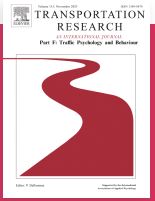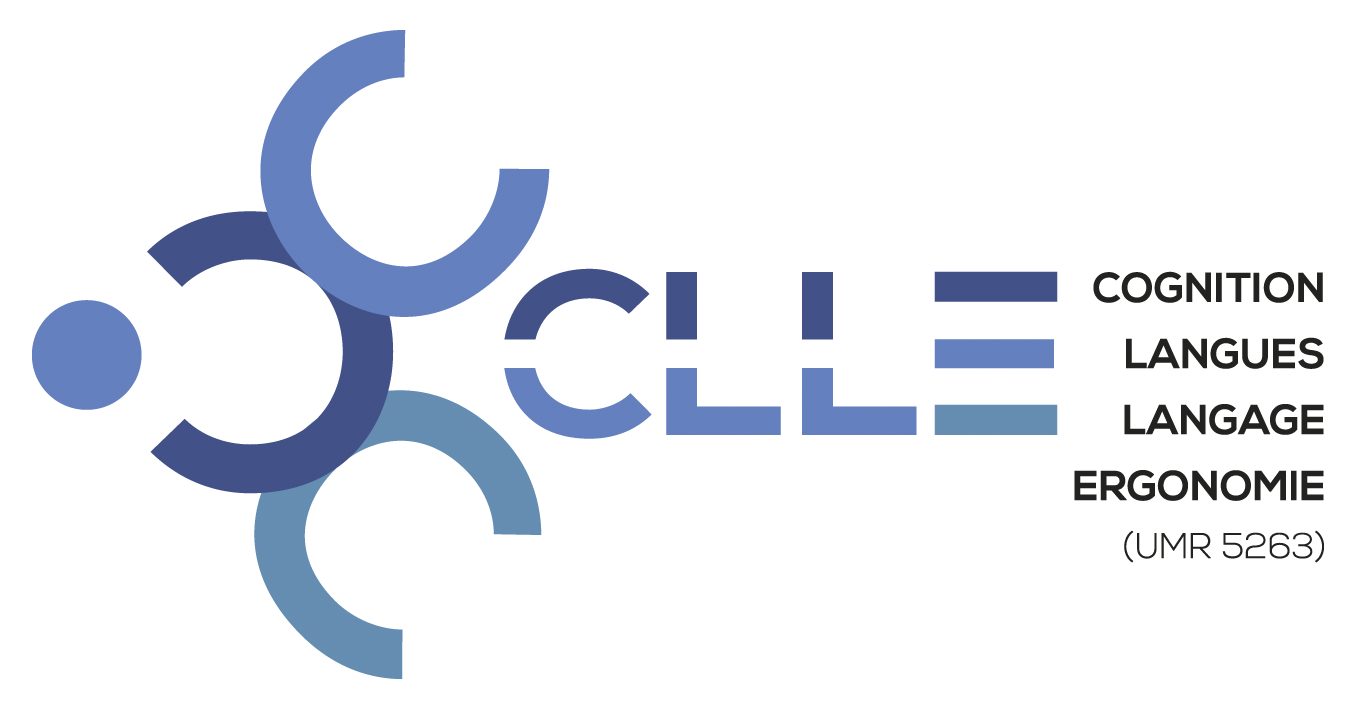-
Partager cette page
What if passengers experienced cyberattacks in a level 5 automated and connected shuttle? Impact of cyberattack type and contextual factors on perceived safety: A scenario-based study
Publié le 24 octobre 2025 – Mis à jour le 24 octobre 2025
Emilie Ferriès (CLLE), William Payre, Loïc Caroux (CLLE), Amélie Rousseau, Céline Lemercier (CLLE)
 Connected and Automated shuttles are increasingly accessible on public roads. These vehicles, will be characterized by extensive connectivity, enabling them to make driving decisions and share information. This connectivity will increase exposure to malicious attacks, which could lead to accidents, thereby causing psychological or physical harm to passengers. However, the effects of such attacks on passengers remain understudied. This study explored the effect of the type of cyberattack (target, consequences, alert message source) and contextual factors (social presence, traffic density) on perceived safety. A total of 420 participants were exposed to scenarios in which a character had a ride in an automated shuttle under different conditions and rated their level of perceived safety. Results highlighted that the target of the attack, consequences of the attack, alert message source and traffic density influenced perceived safety, except for social presence. Perceived safety scores were the greatest when the target of the attack was the passenger’s mobile phone, when the consequences of the attack were mild, when the alert message was provided by the vehicle’s antivirus, when the traffic density was low, with few vulnerable road users crossing the road. Cluster analyses highlighted three passenger profiles: alarmed, pondered and relaxed. This cluster formation was linked to sociodemographic characteristics, anxiety levels as car passengers and subjective cybersecurity knowledge. This research contributes to understanding passengers’ reactions to cyberattacks in public transport. Future studies should focus on cyberattacks’ impact on trust, acceptance, and on the specific information to provide passengers with during such events.
Connected and Automated shuttles are increasingly accessible on public roads. These vehicles, will be characterized by extensive connectivity, enabling them to make driving decisions and share information. This connectivity will increase exposure to malicious attacks, which could lead to accidents, thereby causing psychological or physical harm to passengers. However, the effects of such attacks on passengers remain understudied. This study explored the effect of the type of cyberattack (target, consequences, alert message source) and contextual factors (social presence, traffic density) on perceived safety. A total of 420 participants were exposed to scenarios in which a character had a ride in an automated shuttle under different conditions and rated their level of perceived safety. Results highlighted that the target of the attack, consequences of the attack, alert message source and traffic density influenced perceived safety, except for social presence. Perceived safety scores were the greatest when the target of the attack was the passenger’s mobile phone, when the consequences of the attack were mild, when the alert message was provided by the vehicle’s antivirus, when the traffic density was low, with few vulnerable road users crossing the road. Cluster analyses highlighted three passenger profiles: alarmed, pondered and relaxed. This cluster formation was linked to sociodemographic characteristics, anxiety levels as car passengers and subjective cybersecurity knowledge. This research contributes to understanding passengers’ reactions to cyberattacks in public transport. Future studies should focus on cyberattacks’ impact on trust, acceptance, and on the specific information to provide passengers with during such events.https://doi.org/10.1016/j.trf.2025.103405
Editions Elsevier





